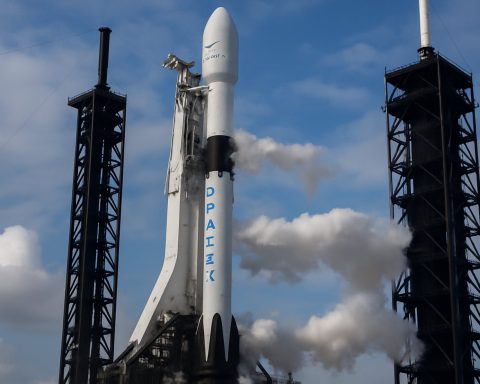Space Telescopes
Space telescopes are astronomical instruments designed to observe celestial objects from outside Earth’s atmosphere. By operating above the atmosphere, these telescopes avoid atmospheric distortion and light pollution, allowing for clearer and more detailed observations of astronomical phenomena. They can capture a wide range of electromagnetic radiation, including visible light, ultraviolet, X-rays, and infrared, which are often blocked or absorbed by the atmosphere.Space telescopes are deployed into orbit around Earth or other celestial bodies and can be equipped with various instruments for imaging, spectroscopy, and photometry. Notable examples include the Hubble Space Telescope, which has significantly expanded our understanding of the universe, and the James Webb Space Telescope, designed to observe the universe's earliest galaxies, stars, and planets. The development and deployment of space telescopes have revolutionized modern astronomy, enabling discoveries about the nature of the universe, the formation of stars and galaxies, as well as the search for exoplanets.








